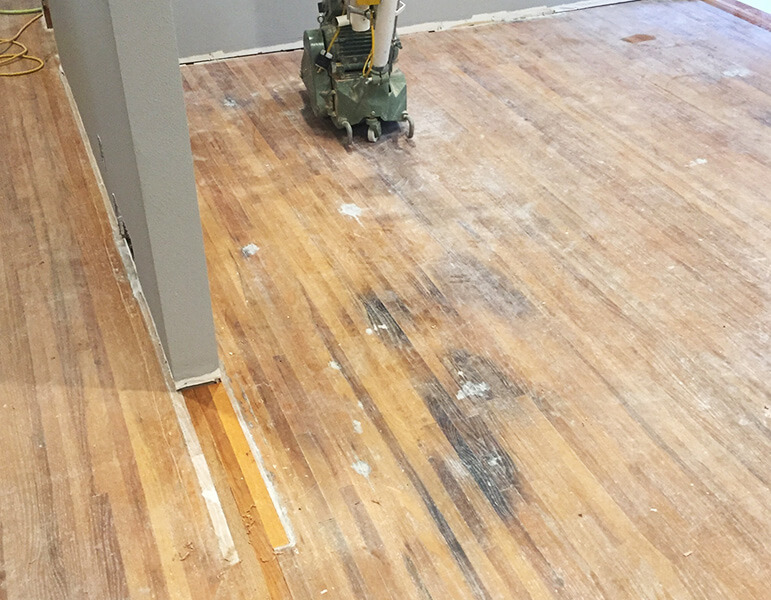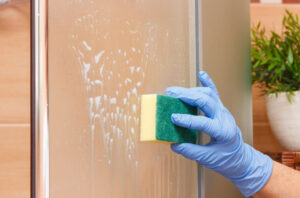
Unveiling Elegance: How to Remove Old Black Urine Stains from Hardwood Floors
Introduction
Hardwood floors exude timeless beauty and elegance, but the appearance can be marred by stubborn black urine stains. Whether from pets or accidents, these stains can be a daunting challenge. In this comprehensive guide, we’ll explore effective methods and strategies on how to remove old black urine stains from hardwood floors, restoring the luster and charm of your flooring.
Understanding the Challenge
1. Identifying Old Black Urine Stains:
Old black urine stains on hardwood floors are often the result of urine penetrating the wood and reacting with the tannins, causing a dark discoloration. Identifying and addressing these stains promptly is crucial to prevent further damage.
2. Potential Risks of Neglect:
Neglecting old black urine stains can lead to permanent damage, including discoloration, odors, and compromised structural integrity of the wood. Timely and proper removal is essential to preserve the beauty of your hardwood floors.
Preparing for Stain Removal
3. Gather Necessary Supplies:
Before starting the removal process, gather supplies such as white vinegar, hydrogen peroxide, baking soda, soft cloths, a plastic scraper, and a wood floor cleaner. Ensure the tools are suitable for hardwood surfaces.
4. Test in an Inconspicuous Area:
Perform a spot test in an inconspicuous area to ensure that the chosen cleaning method does not damage or discolor the hardwood. This precaution is especially important for older or sensitive floors.
Step-by-Step Stain Removal
5. Blotting and Absorption:
If the stain is recent, start by blotting the affected area with paper towels or a soft cloth to absorb as much urine as possible. For old stains, proceed to the next steps.
6. White Vinegar Solution:
Create a solution of equal parts white vinegar and water. Dampen a cloth with the solution and gently blot the stain. Allow the vinegar to sit for a few minutes to break down the stain.
7. Baking Soda Paste:
Make a paste using baking soda and water. Apply the paste to the stained area and gently rub with a soft cloth. Baking soda helps neutralize odors and lifts stubborn stains.
8. Hydrogen Peroxide Application:
For persistent stains, mix equal parts hydrogen peroxide and water. Dampen a cloth with the solution and place it over the stain. Cover the cloth with plastic wrap to create a barrier, preventing evaporation. Let it sit for a few hours or overnight.
9. Gentle Scrubbing:
Gently scrub the stained area with a soft cloth or a soft-bristle brush. Avoid abrasive materials that can scratch the hardwood. Work in the direction of the wood grain to minimize visible marks.
10. Wood Floor Cleaner:
After stain removal, clean the entire floor with a suitable wood floor cleaner to ensure a consistent finish. Follow the manufacturer’s instructions for application.
Preventive Measures and Maintenance
11. Prompt Cleanup of Accidents:
Immediately clean up any urine accidents on hardwood floors to prevent the urine from seeping into the wood. Blotting with paper towels and cleaning with a suitable hardwood cleaner can help.
12. Use Area Rugs:
Place area rugs in areas prone to accidents, especially if you have pets. Rugs can add an extra layer of protection and are easier to clean than hardwood.
13. Regular Maintenance:
Implement a regular cleaning and maintenance routine for your hardwood floors. This includes sweeping, vacuuming with a soft brush attachment, and using a recommended wood floor cleaner.
FAQs: Clarifying Common Queries
1. Can old black urine stains be completely removed from hardwood floors?
While complete removal is not always guaranteed, diligent cleaning methods can significantly lighten or eliminate old black urine stains. The success depends on factors such as the age of the stain and the type of hardwood.
2. Can I use bleach to remove black urine stains from hardwood floors?
Using bleach on hardwood floors is not recommended, as it can damage the wood and lead to discoloration. Gentle and wood-safe cleaning solutions like white vinegar and hydrogen peroxide are more suitable.
3. How long should I let hydrogen peroxide sit on the stain?
Allow hydrogen peroxide to sit on the stain for a few hours or overnight, covered with plastic wrap to prevent evaporation. Check periodically to ensure the wood is not being damaged, and adjust the duration accordingly.
4. Will removing the stain also eliminate the odor?
Proper stain removal methods, especially those involving white vinegar and baking soda, can help neutralize odors. However, additional measures may be needed if the odor persists, such as using an enzymatic cleaner or consulting with a professional.
5. Can I sand the stained area to remove the black marks?
Sanding may be an option for severe stains, but it requires caution to avoid further damage to the wood. Professional assistance is recommended for sanding, as it requires skill and the right equipment.
6. Are there commercial products specifically for black urine stains on hardwood floors?
There are commercial stain removers designed for hardwood floors, but it’s essential to choose products specifically formulated for wood. Read product reviews, follow instructions, and consider consulting with flooring professionals for recommendations.
7. Can I use a steam cleaner on hardwood floors to remove urine stains?
Using a steam cleaner on hardwood floors is generally not recommended, as steam can damage the wood. Stick to gentle cleaning methods with appropriate solutions and avoid excessive moisture.
8. Will the stain removal process also restore the shine to the hardwood floor?
While the primary goal is stain removal, the process can contribute to restoring the shine. After removing the stain, clean the entire floor with a suitable wood floor cleaner to ensure a uniform appearance.
9. How often should I clean and maintain my hardwood floors to prevent stains?
Regular cleaning and maintenance are essential for preventing stains. Sweep or vacuum with a soft brush attachment regularly, and use a recommended wood floor cleaner as part of your routine.
10. Can I prevent pets from causing urine stains on hardwood floors?
To prevent pet accidents, establish a consistent bathroom routine for pets, use training aids if necessary, and promptly clean up any accidents. Place area rugs in pet-prone areas for added protection.
Conclusion
Removing old black urine stains from hardwood floors requires patience, diligence, and the right techniques. By understanding the nature of the stains and following effective cleaning methods, you can breathe new life into your hardwood floors. Implementing preventive measures and maintaining a regular cleaning routine will not only keep your floors stain-free but also enhance their longevity and timeless appeal. Unveil the elegance of your hardwood floors by tackling old black urine stains with confidence and care.
Read about:How To Build A Shower Pan On Plywood Floor


